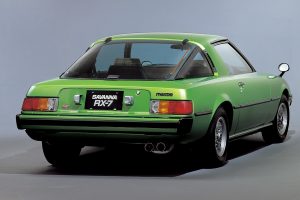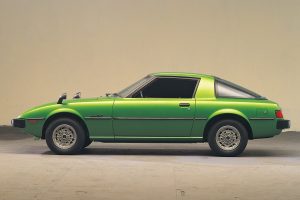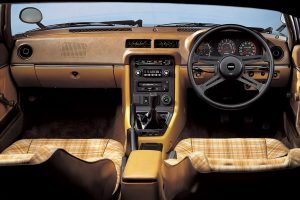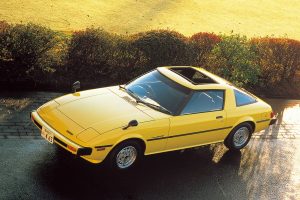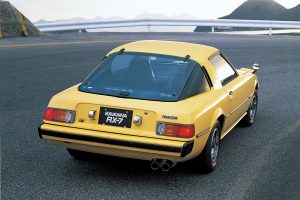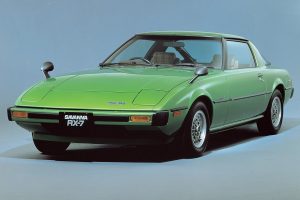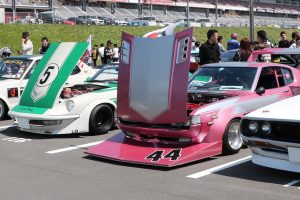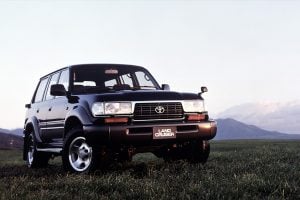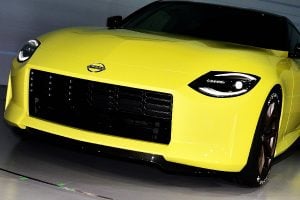Dominating races in the U.S.
The RX-7, which was launched in 1979 overseas, started off with a 1-2 finish in the GTU class of the Daytona 24-hour race in February 1979, and went on to compete against rivals such as the Nissan Datsun 240Z and Porsche 911 in the U.S. motorsport scene. The result was an unprecedented total of 100 IMSA wins. Magazines called the RX-7 “Rotary Rocket” because of its speed, and Mazda itself even used the word “Rocket” on its brochures.

Mazda brought a total of three types of RX-7 to the Le Mans. In 1979, the RX-7 “252i” and “253” were used to compete in the French race, but neither was able to finish the race with the car being disqualified or retired from the race. And in 1982, Mazda finally managed to finish the race with the RX-7 “254”, resulting in 14th place overall.
In 1985, the RX-7 finished 3rd in the WRC Acropolis Rally. For the IMSA series, the car broke the IMSA GTU record for the most wins by a single model, which had been held by Porsche.
However, the production model faced many risks when owners tried to drive the RX-7 to see how it performed. One reason is that the RX-7, which was made on a sedan chassis, was known as “tail-happy” because of its easy spinning behavior when cornering beyond its limits, to the point where even professional drivers had trouble with it.
It’s unclear if it was because of this reputation, but within a short period of time, the suspension was modified in many places. The fact that Mazda continued to improve the car in minor places suggests that Mazda was serious about making sports cars from that time.
Quarter mile in 15.8 seconds
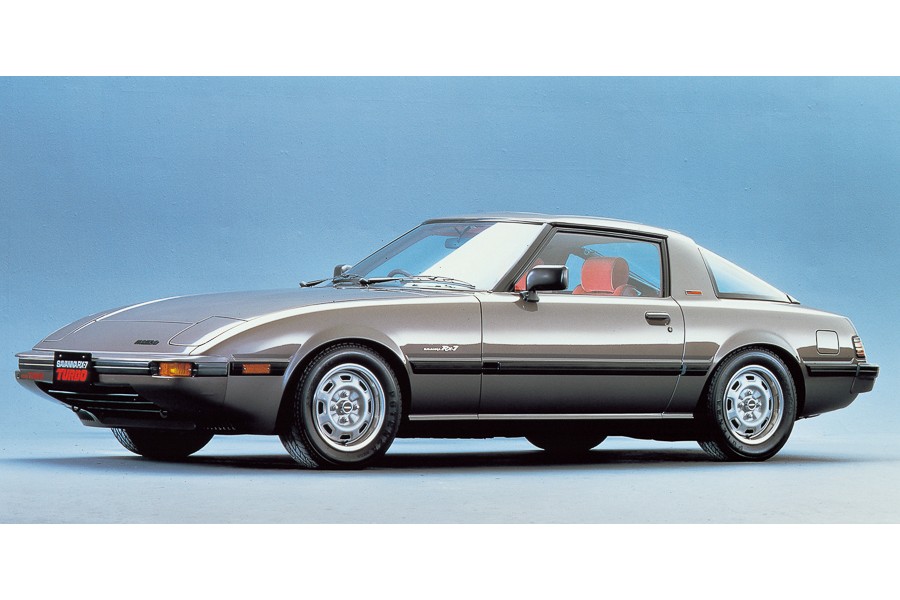
In the 1980s, when the world faced the end of the oil crisis, Japanese automakers resumed their high-power competition. One of the most famous examples is the Toyota Celica advertisement that challenged the Nissan Skyline, saying, “A GT only in name will give its way”.
The fierce battle intensified, and when the Skyline 2000GT Turbo was released in April 1980, Nissan responded as, “Who’s chasing the Skyline now?”, to Toyota’s Celica.
Later, when Toyota introduced the Soarer in February 1981 with a 2.8-liter engine producing 170 hp, Toyota answered to Nissan, saying, ”Into the zone of the inexperienced”.
In October 1982, Mazda added a turbocharged model to the rotary-engined Cosmo and Luce. The Savanna RX-7 was reintroduced with a facelift model in March 1983, also adding a turbocharged model with having a 165 hp 12A turbocharged engine.
The engine, which was even more responsive than the one in Cosmo and Luce models, brought the RX-7 a surprising performance with doing a quarter mile in 15.8 seconds. This made the car worthy of being called a “rocket”.

